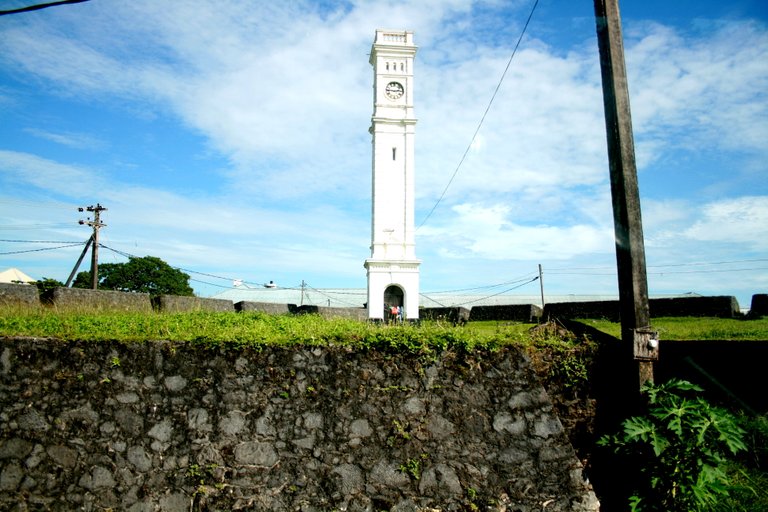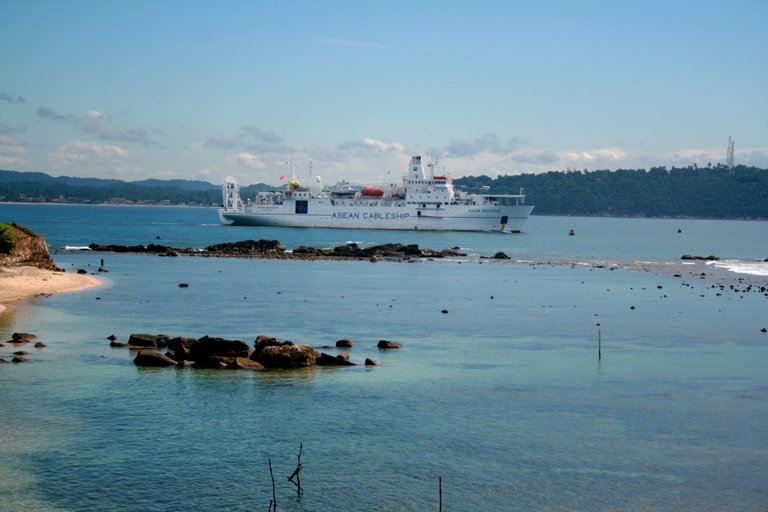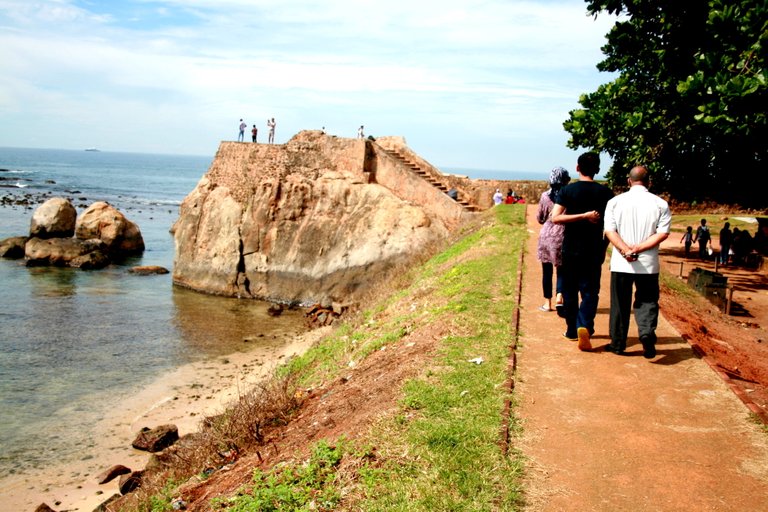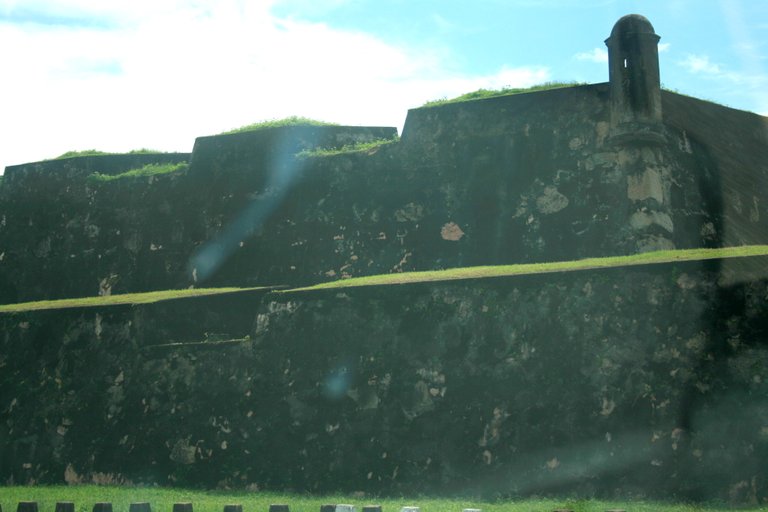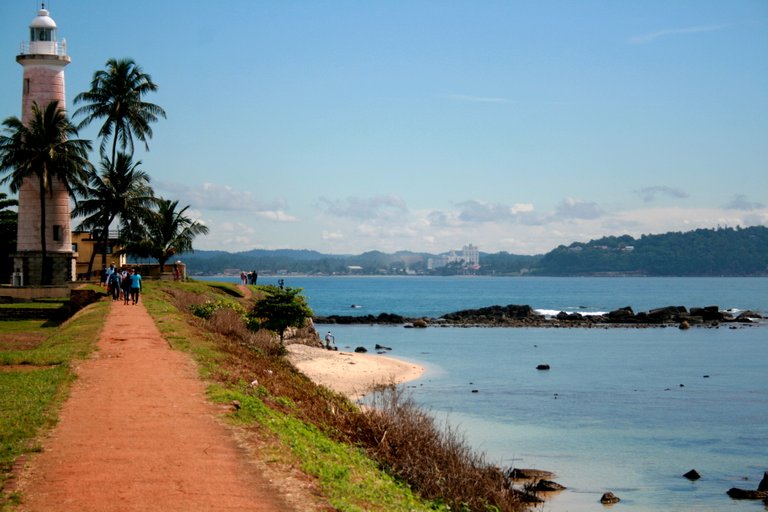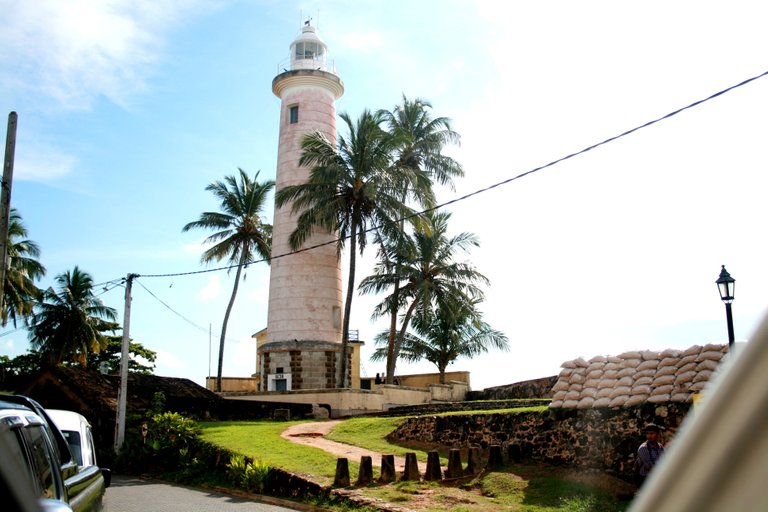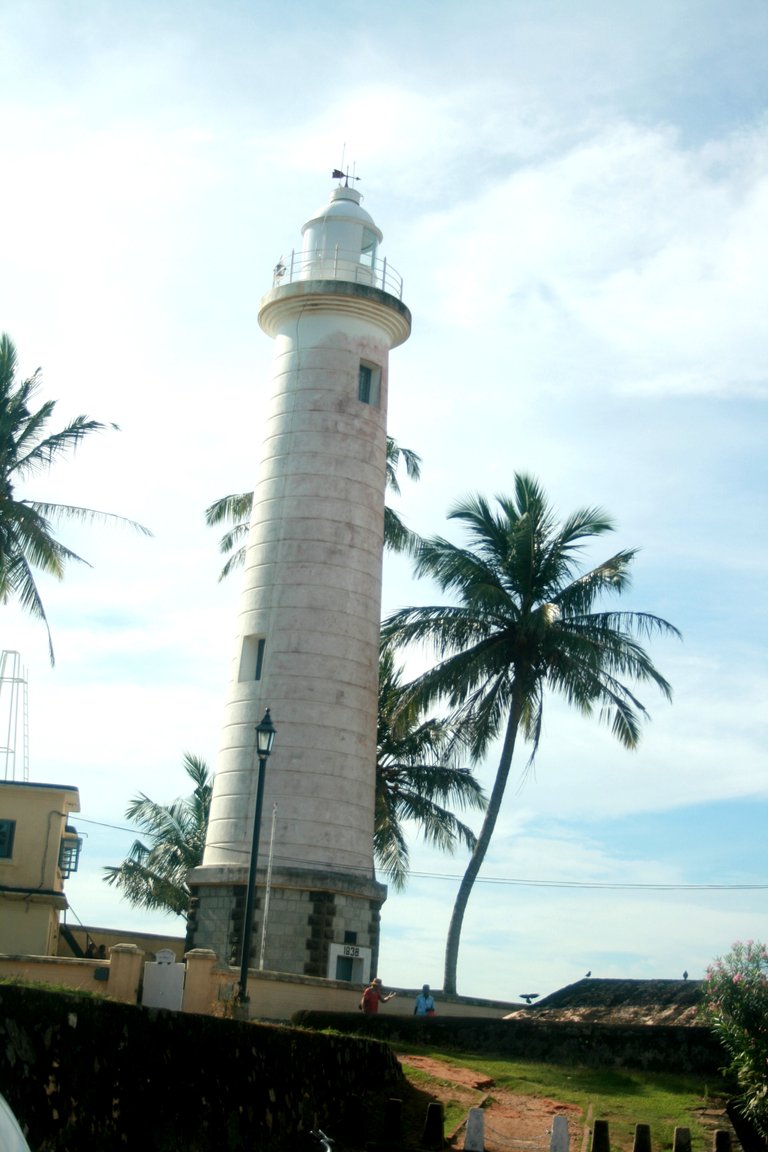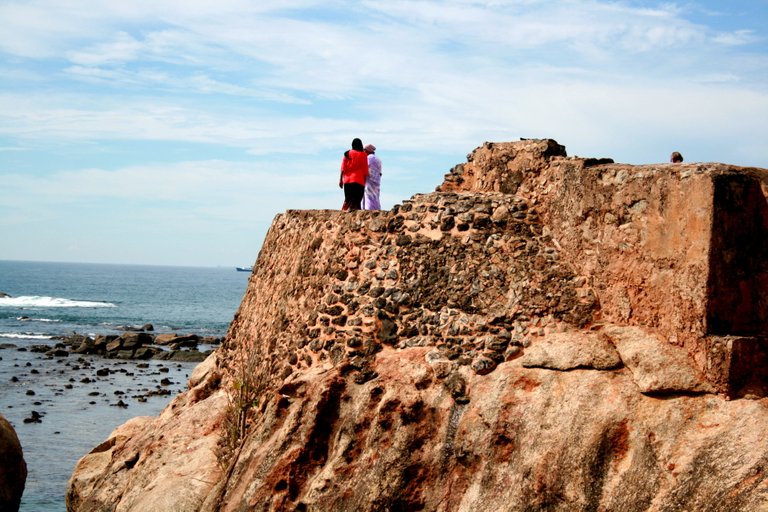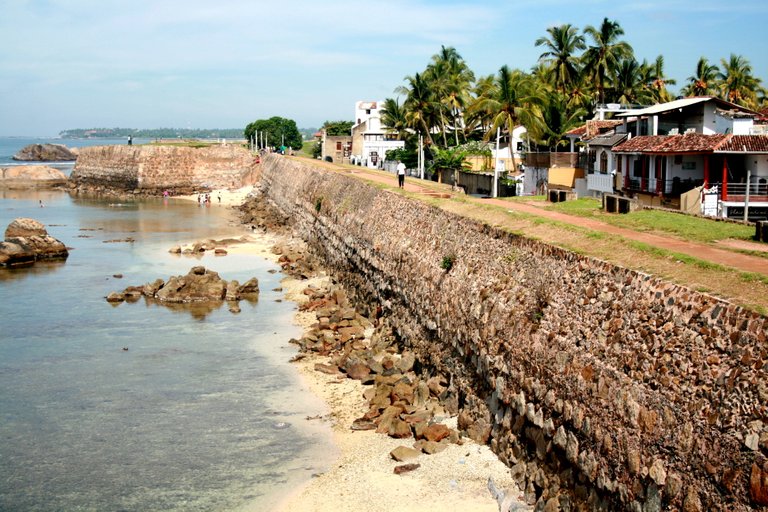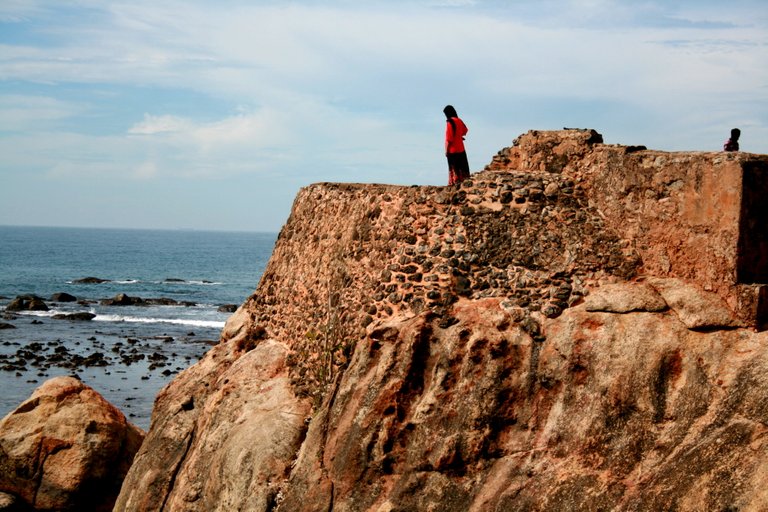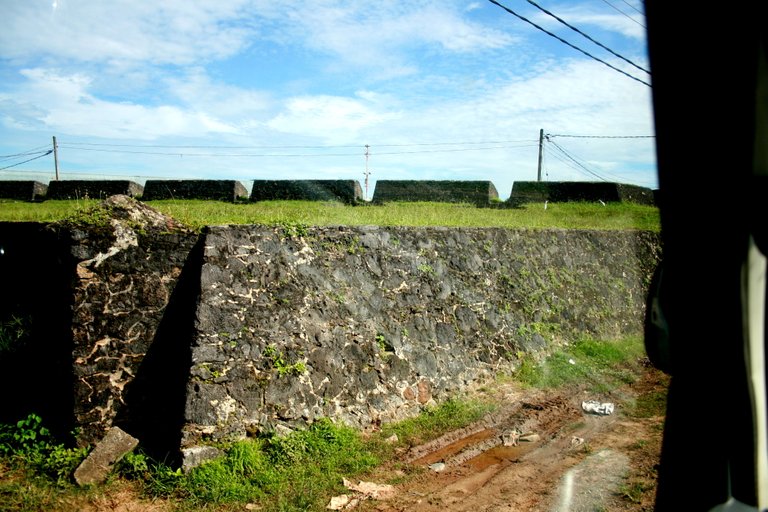GALLE FORT A MODERN WONDER OF THE WORLD!
Considered as one of the modern wonders of the world, the Galle Fort is one of the most interesting places where both foreign and local tourists flock, it lies in the southern coast of Sri Lanka, in the Bay of Bengal. It is called Galu Kotuwa in Sinhala and Kali Kottai in Tamil. Amazingly, it survived the 2004 Tsunami which devastated the Sri Lanka’s Eastern and Southern coast including the nearby city of Galle.
The Fort has been recognized by the UNESCO as a cultural heritage site for its unique exposition which “illustrates the interaction of European architecture and South Asian traditions from the 16th to the 19th centuries.”
The Portuguese under the leadership of Loureco de Almeida made their first landing in 1505 at Galle Harbour developing a close friendship with Dhrma Parakrama Bahu who ruled the country from 1484 to 1514.
The Portuguese first built the Fort in 1588 when the Sinhala King Raja Singha I of Sitawaka attacked them and forced to retreat to Galle where they initially built a Fort out of palm trees and mud. They later extended it with a watch tower and other structures to guard the Galle harbor.
In 1640, the Dutch joined hands with King Rajasinghe II to capture the Galle Fort from the Portuguese. The Singhalese were instrumental in building the Fort as seen in its present form in the Dutch architectural style.
With the subsequent arrival of the British on the island Galle Fort was captured by them in 1796 and remained with them till the country gained Independence in 1948. During this period the Fort served as their Southern Headquarters.
Even ancient history indicates that the Port of Galle had been a busy trading center for Greeks, Arabs and Chinese among others.
Inside the Fort there are many houses owned by Singhalese, Moors, the Dutch, German and English settlers and the Government. The Fort itself covers an area of 52 hectares (130 acres).
Sri Lanka’s oldest Light Station built in 1848 was located about 80 feet from its present location in the Fort, as the old Lighthouse was destroyed by fire in 1934 and the present one was built in 1939.
This light station too is a UNESCO World Heritage Site and a great tourist attraction.
On our trip we also met a professional diver who dives from the cliff into a narrow section of the sea deep below, among rocks, a very risky feat. Of course he does it as his daily livelihood.
The streets are full of low houses with gables and verandahs of Dutch Colonial style and I was told these structures cannot be altered or demolished without Government’s permission.
There are many other monuments in the Fort including a tower erected in 1883 to commemorate the Jubilee of Queen Victoria,
In summary, visit to this Fort is both educative and entertaining as it is an important archaeological, historical site and stands tall as an architectural heritage monument.
